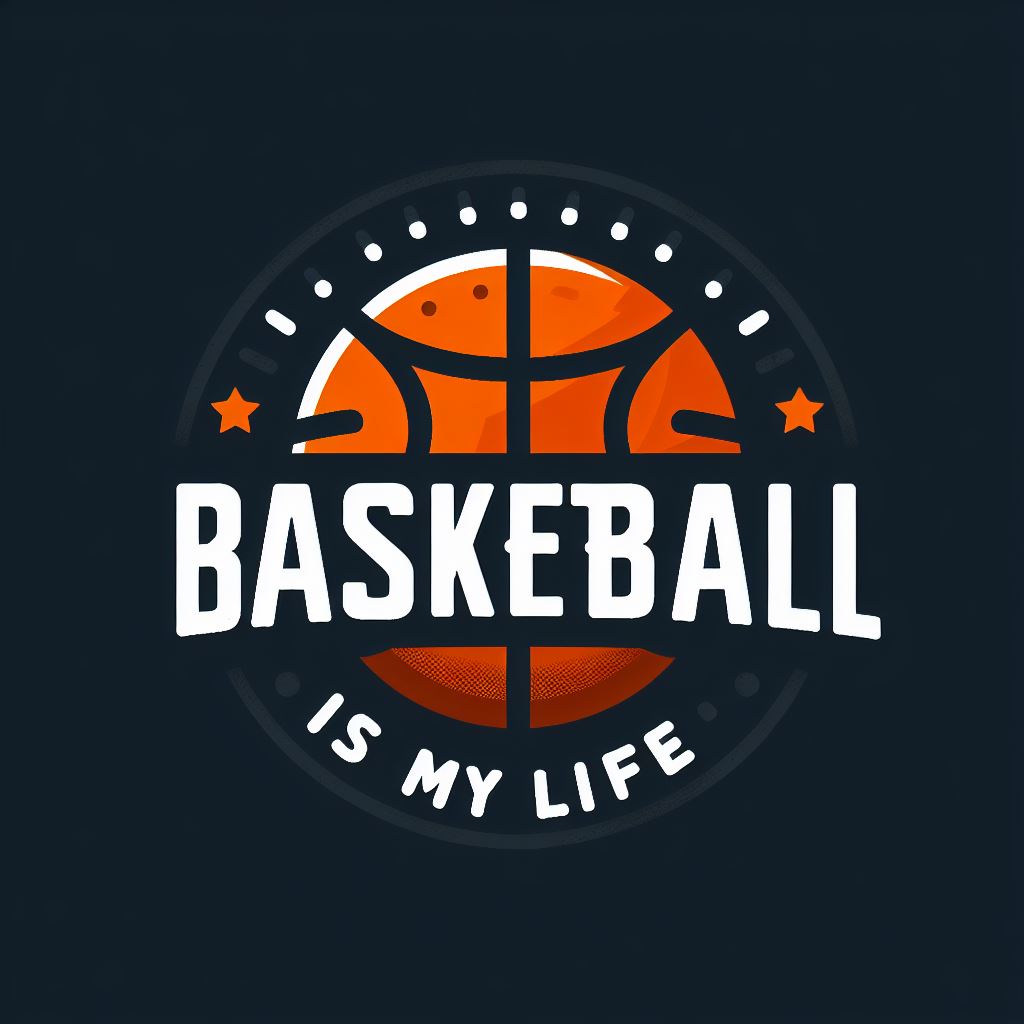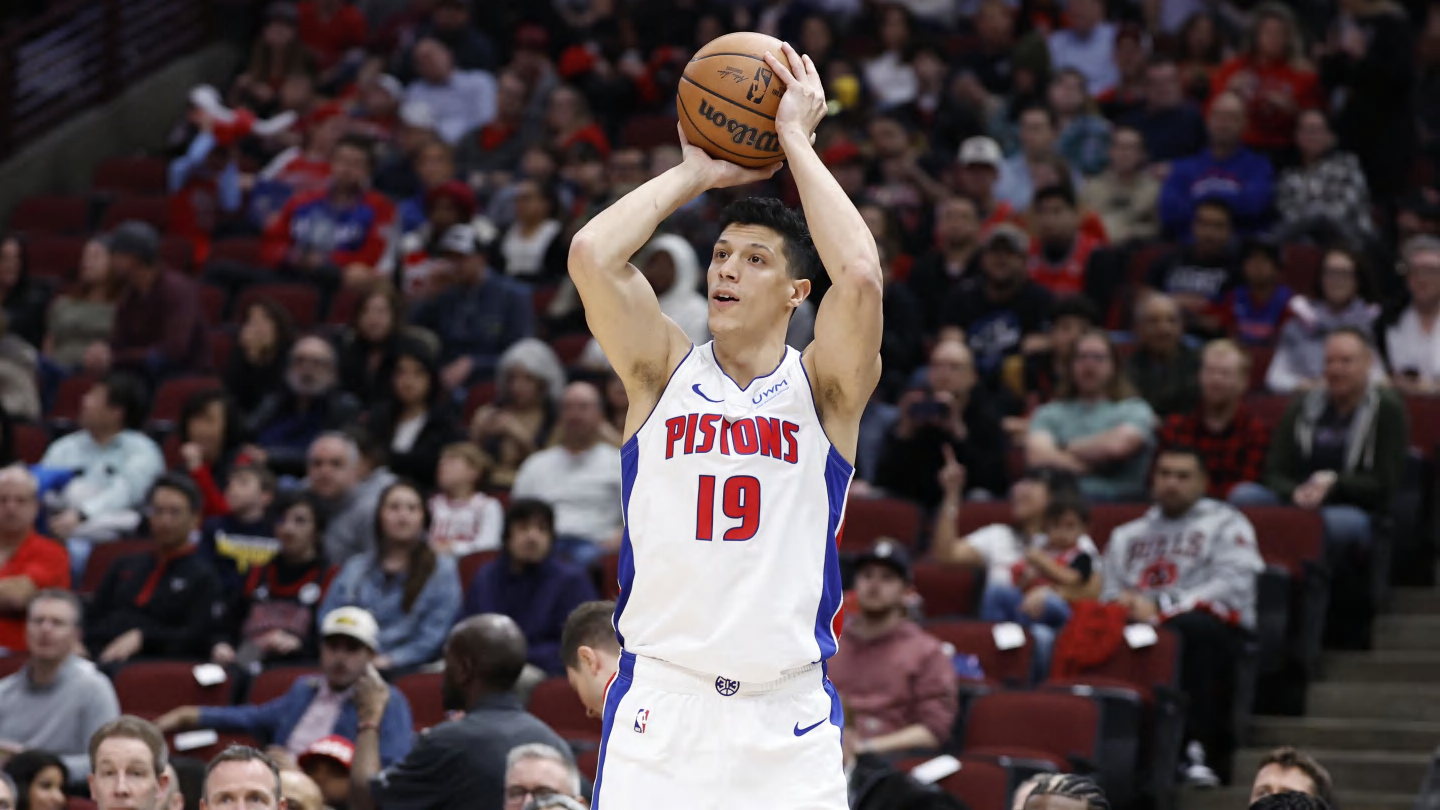The Detroit Pistons should be better next season, even if 14 wins isn’t exactly the bar for excellence.
THE Pistons’ schedule is brutal from the start, but with more veterans and shooting on board and a lot less dead weight, Detroit can hopefully finally take a step in the right direction.
But realistically, this isn’t a title contender or even likely a playoff team, so while we can expect modest improvements next season, I wouldn’t bet big on the Pistons being a top-10 team in the Eastern Conference next season.
As for most of the last decade, we’re going to hear a lot about player development, a tired old refrain that ultimately has to lead to winning games for it to matter.
Related article. Ranking the 5 worst starters of the Cade Cunningham era. Ranking the 5 worst starters of the Cade Cunningham era.
Trajan Langdon is still trying to learn what he has in his young players, especially Cade Cunningham, who will have his most consistent roster to date, which should give management a good feel for him and the other young talents.
We’ve heard a lot about spacing and the lack thereof since the Pistons drafted Cunningham in 2021.
Since then, the Pistons have consistently been one of the worst shooting teams in the league, with less space than a phone booth for Cunningham to work in. Detroit’s offense has been one of the easiest to defend, as teams can simply collapse down the middle where Cade wants to be and challenge anyone else to shoot.
We haven’t seen Cunningham operate in an offense with shooters that need to be respected, which should change next season.
The Pistons now have several players who are good at long-range catch-and-shooting, which should finally open up the court a bit for Cunningham:
-Malik Beasley: 42.3 percent
-Simone Fontecchio: 40.5 percent
-Tobias Harris: 36.2 percent
– Tim Hardaway Jr: 35.3 percent
-Isaiah Stewart: 38.1 percent
Cunningham finally has some players to chase him down when he attracts multiple defenders, which should hopefully prevent teams from constantly doubling and tripling him.
Cunningham has a physical advantage over many defenders when he puts them on an island, so extra space should mean easier looks for him, more assists, and a more balanced attack overall that doesn’t rely entirely on him.
One of the biggest mistakes Troy Weaver made was not having shooters around Cunningham early on, which not only stunted his development but also made him a difficult player to evaluate.
Is he just putting up stats on a bad team or can he actually have an impact on winning on a better team? We should be able to find out this season.
The veteran additions Langdon made weren’t just short-term assets, they were tools to help him read his younger players, something that has been very difficult to do in recent years due to the complete lack of complementary talent around them.

